Are you a Quiet Speculation member?
If not, now is a perfect time to join up! Our powerful tools, breaking-news analysis, and exclusive Discord channel will make sure you stay up to date and ahead of the curve.
I have an update in the saga that is the alleged clipped Beta card I had sold on eBay. The return was completed safely and without incident and I have the card back in my possession. I quickly sent pictures to a European contact I know who deals heavily in Alpha cards to ask his assessment of the card’s authenticity.
He quickly identified the card as a genuine Alpha. How did he determine this? It had nothing to do with the corners, in which I had put so much stock. Instead, he pointed out a distinguishing feature on the face of the card. Take a look at the pictures below—left is Beta and right is Alpha.
They look identical, right? Besides being slightly lighter, there is one distinct difference I can see and it comes down to the print line that drops down from the black mana symbols in the card’s mana cost. In the Beta version, the lines are dark on the left but white on the right. On Alpha, there’s less of a white component to the lines. Here’s a close up of my card:
The line coming down from the left black mana symbol has no white component. Thus, the card was assessed as true Alpha despite the corners. When I asked about the suspicious corners, my contact replied, “Corners are never a good indicator for legitimate Alpha, if you stack 100 Alphas, basically none will match exactly others.”
Clearly I still have more to learn about this space. The bottom line is, if you’re going to deal in Alpha I’d suggest reading up on the differences between Beta and Alpha or else have a reliable contact who can help! Because this deviated some from what I suggested last week, I wanted to confess my error.
In Other MTG Finance News…
Now that I’ve corrected myself, I want to shift gears and comment on some of the very recent activity I’ve observed in Magic finance, particularly related to Reserved List / Old School cards.
Yes, I know, I talk about this subject frequently. Since 99.9% of my collection’s value consists of cards from these categories, you can’t possibly blame me for monitoring their market so closely. And it is that close observation that has led me to this new development.
In many cases, Reserved List / Old School card prices have stabilized and even begun a modest climb higher. This is noteworthy because these cards have all seen a retracement in price over the past couple months, and I think many in the MTG finance community expected there was still more room to go. Chris Martin, a former Quiet Speculation writer and well-known member of the community, has been on top of the sell-off and vocal about the momentum.
You can see in his reply that I challenged Chris on his choice of words in the original tweet. I was expecting prices to drop further too, but I felt his rhetoric was a touch too bearish. He responded well to the feedback, and we both agreed that the sell-off was completely healthy for the game and its financial component.
Now I’m looking at some cards on Card Kingdom’s site and I’m seeing increases in buy prices. One example is Gaea's Cradle:
This card’s buy price was on the decline; Card Kingdom was paying around $600 for near mint copies of the card. Then I noticed the buy price at $660. Right now the card is on Card Kingdom’s hotlist with a $720 buy price. The card’s average price hasn’t really budged on MTG Stocks, but check out the graph for its market price:
Notice how the card had leveled out for a while but is once again climbing higher. This indicates to me that the card is selling for higher prices than before.
Beyond Gaea's Cradle, a number of other noteworthy cards are suddenly showing up on Card Kingdom’s hotlist. Here are a few that are surprisingly robust:
Bazaar of Baghdad - $2470
Volcanic Island - $535
Underground Sea - $505
Tropical Island - $480
Eureka - $480
Mox Diamond - $420
Bayou - $355
Tundra - $325
A couple of the non-blue Dual Lands also show up on the hotlist, as does Gilded Drake, Sliver Queen, and Grim Monolith. While none of these numbers are all-time high buy prices, they are all very respectable. More importantly, the fact that Card Kingdom includes all these Reserved List cards on their hotlist tells me maybe this market isn’t as soft as I believed.
Granted, not all cards are bouncing. Library of Alexandria had a peak buy price north of $2000, and now Card Kingdom’s buy price is down to $1290 with no sign of imminent movement higher. But other Arabian Nights cards have seen recent bumps higher, including Guardian Beast ($780) and Serendib Efreet ($715). I’m not sure if there’s a certain trend that can be identified that explains why some cards are rebounding and others aren’t. It could be locally isolated to Card Kingdom’s individual stock; but their dynamic buylist has made their site pretty reliable when it comes to finding the pulse of the overall market.
And right now, that pulse is starting to strengthen.
What Is Driving This Trend?
As I mentioned earlier, this modest rebound in Reserved List prices is admittedly unexpected. Many of the factors attributed to the climbing prices (e.g. government stimulus checks, elimination of large in-person events, few alternatives for discretionary income) have faded away. As the world opens up, a sense of normalcy is gradually returning, and with it I expected a retracement in Magic prices as people find different ways to spend their money.
But something is happening and I’m trying to decipher why. I can think of a couple possibilities, but none of them are all too convincing.
First, while it’s true the government hasn’t issued a check to the majority of the nation in a while, they have started paying out the child tax credit in the form of monthly checks. This is a few hundred bucks a month directly deposited into the accounts of qualifying families. This could be motivating some purchases recently. But at the same time, I’d hypothesize that a parent with young children is less likely to be spending excess cash on Magic cards.
Though, I suppose it’s possible that they are. And if that’s the case, then it stands to reason that an older generation of Magic players are more likely to spend on Old School cards relative to a younger player new to the game.
Another hypothesis stems from the rampant speculation in the cryptocurrency market.
Over the winter, crypto prices (Bitcoin’s graph is above as an example) soared to new heights. Prices flattened and then started a healthy decline (much like Magic). But the downward trend may be breaking over the past couple weeks. Could a potential bounce in the crypto market be catalyzing a commensurate bounce in the Reserved List market? I’m not so sure there’s a direct causation, but the speculative nature of both markets could indicate correlation.
I suppose it’s not impossible that the catalyst is simply a modest climb in Magic’s popularity. The new Adventures in the Forgotten Realms set directly ties to Dungeons & Dragons—perhaps older players who appreciate D&D are the same group who prefer the nostalgia of Magic’s earliest sets? It feels like a stretch, but if Magic is growing, then some proportion of the growing player base could hypothetically be buying older cards. Let’s face it: it doesn’t take many new entrants to Old School to move the needle on prices. These cards are quite sparse!
Another possibility is that the “return to normalcy” feels on hold, or at least less assured, given the recent rebound in COVID cases and the spreading of the delta variant. Does this mean large Magic events will be delayed further? Probably. If people are still nervous about spending money on travel and experiential activities (e.g. concerts, sporting events, shows) then maybe discretionary income is still best funneled towards at-home hobbies, such as Magic.
Lastly, this could be a textbook “dead cat bounce”. According to Investopedia, this grotesque turn of phrase means a “temporary, short-lived recovery of asset prices from a prolonged decline or a bear market”. That could be an adequate description of what’s happening. There’s a certain psychology to it—after seeing inflated prices for a period of time, a sudden selloff makes prices look like a bargain, triggering a bout of buying.
Such a rally in prices is not sustained. If this is a traditional dead cat bounce, then the recent rebound in prices will be temporary, indicating that this bounce is an opportunity to sell rather than an “all clear” signal to buy.
Wrapping It Up
Clearly, something is going on in this market. This is evidenced by reappearances of Reserved List cards on Card Kingdom’s hotlist, something they wouldn’t do if they weren’t looking to restock on these cards. But what does this short-term recovery mean? Is the sell-off over? Are there new catalysts that are driving the return of speculation, lifting prices on collectibles even further?
I’m not sold on this thesis just yet. Personally, I’m considering this recent rebound as a dead cat bounce. Rather than scramble to buy “before prices go back to all-time highs”, I’m more inclined to sell into the recent rally. Of course, I don’t intend to sell everything, nor would I consider selling any sizable percentage of my Magic portfolio. I’m merely thinking of trimming certain cards that are approaching new highs. Many of my Old School cards are nowhere near their previous highs (indicating this rebound isn’t broad and sustainable). Those cards I’ll likely sit on and wait for the next round of rampant Reserved List speculation, which probably won’t happen until next year.
I’ll only look at selling stuff that’s rebounding most significantly.
An Acid Rain here, a Guardian Beast there. Just a couple cards as they seem to rebound. If the rebound starts to accelerate and less popular Reserved List cards follow suit, I may pause and reconsider my strategy. But until that happens, I’ll stay the course and largely ignore this latest rebound in prices. I just don’t believe we’re at a point where card prices will hit new highs…not yet, at least.


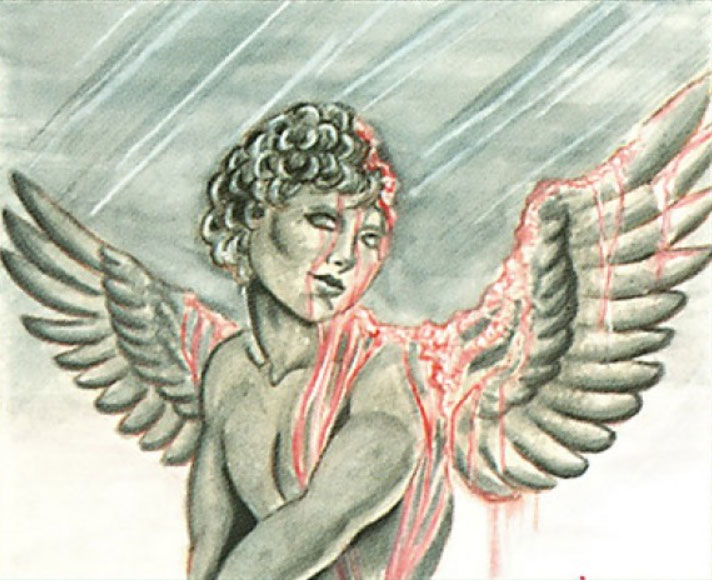
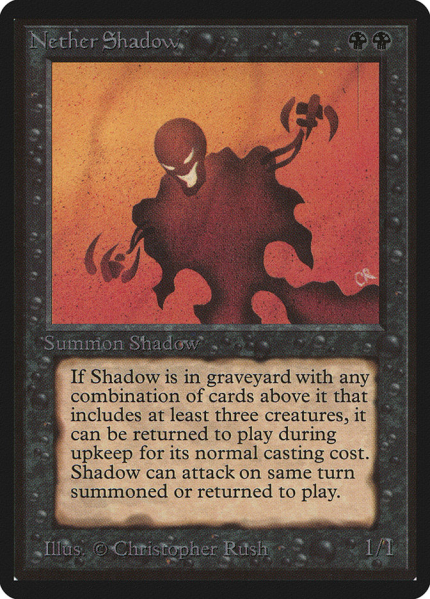
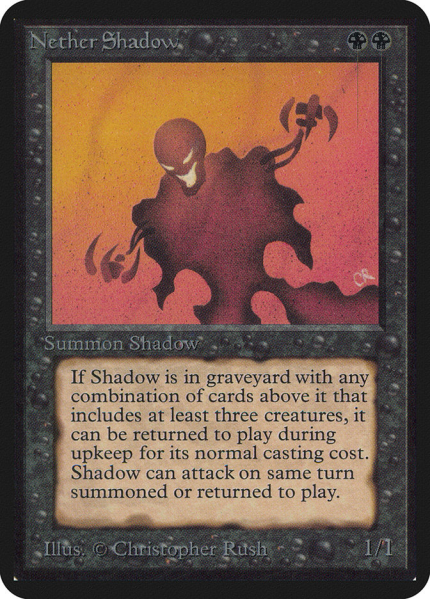
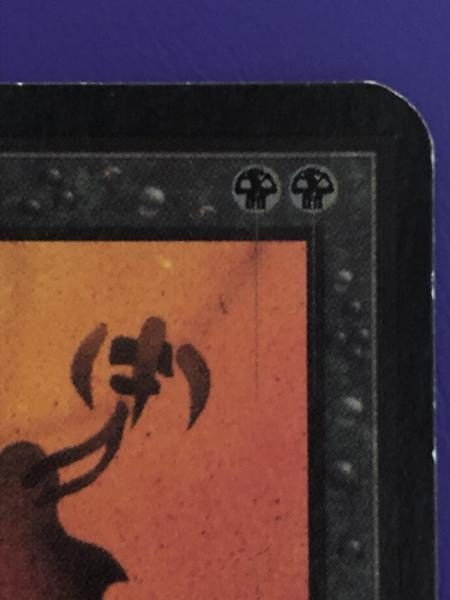
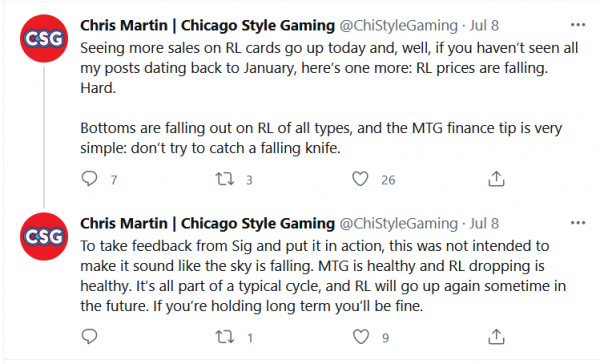
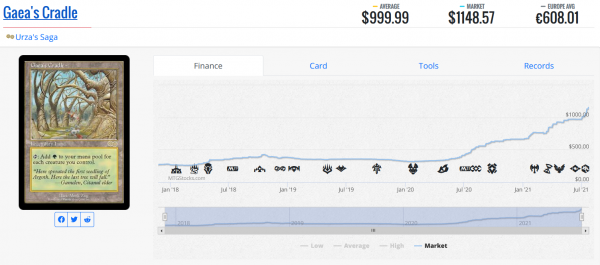
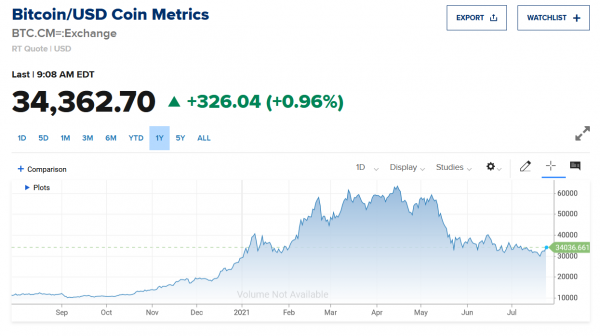



For thisto be a dead cat bounce we’d have to be in a bearmarket. This looks like consolidation.